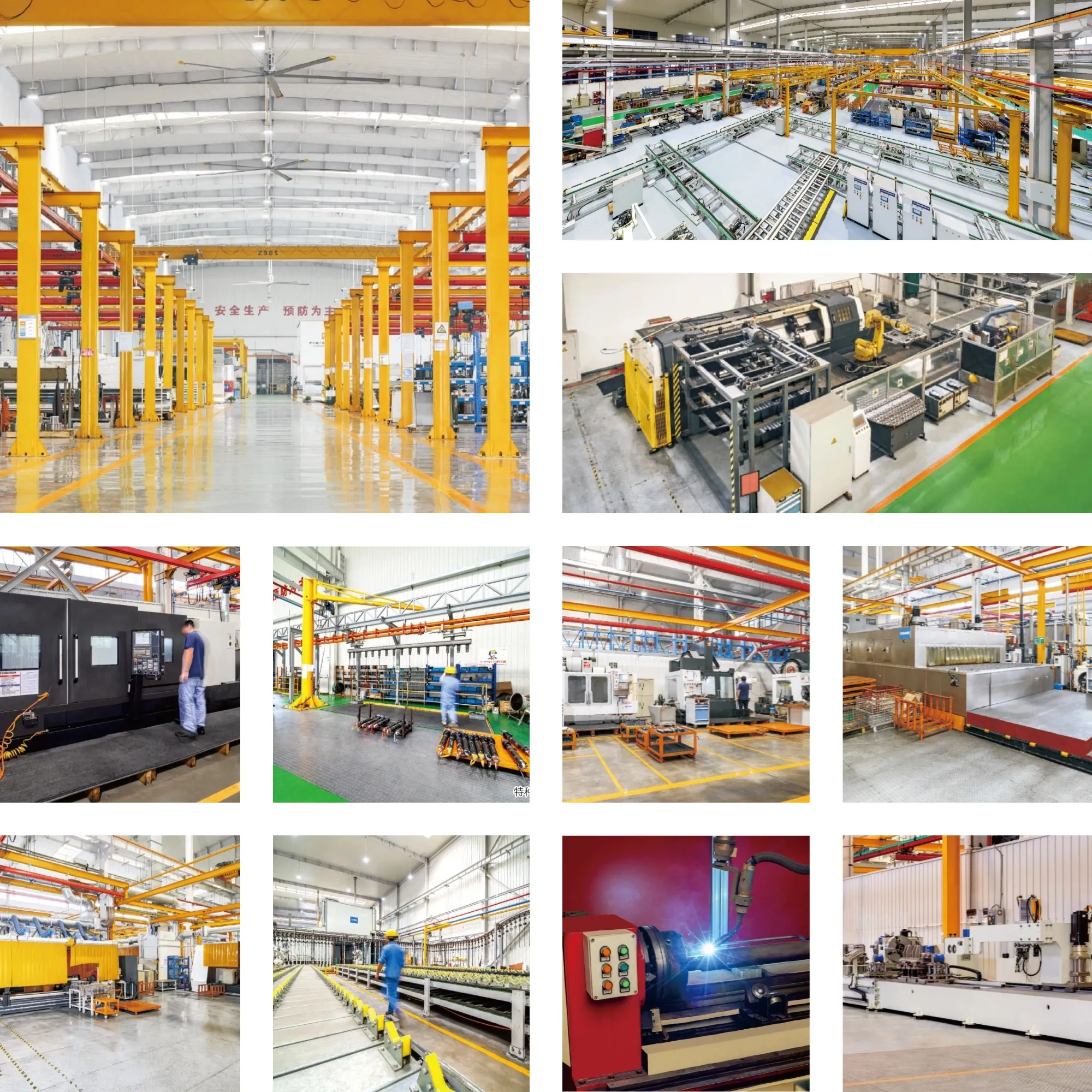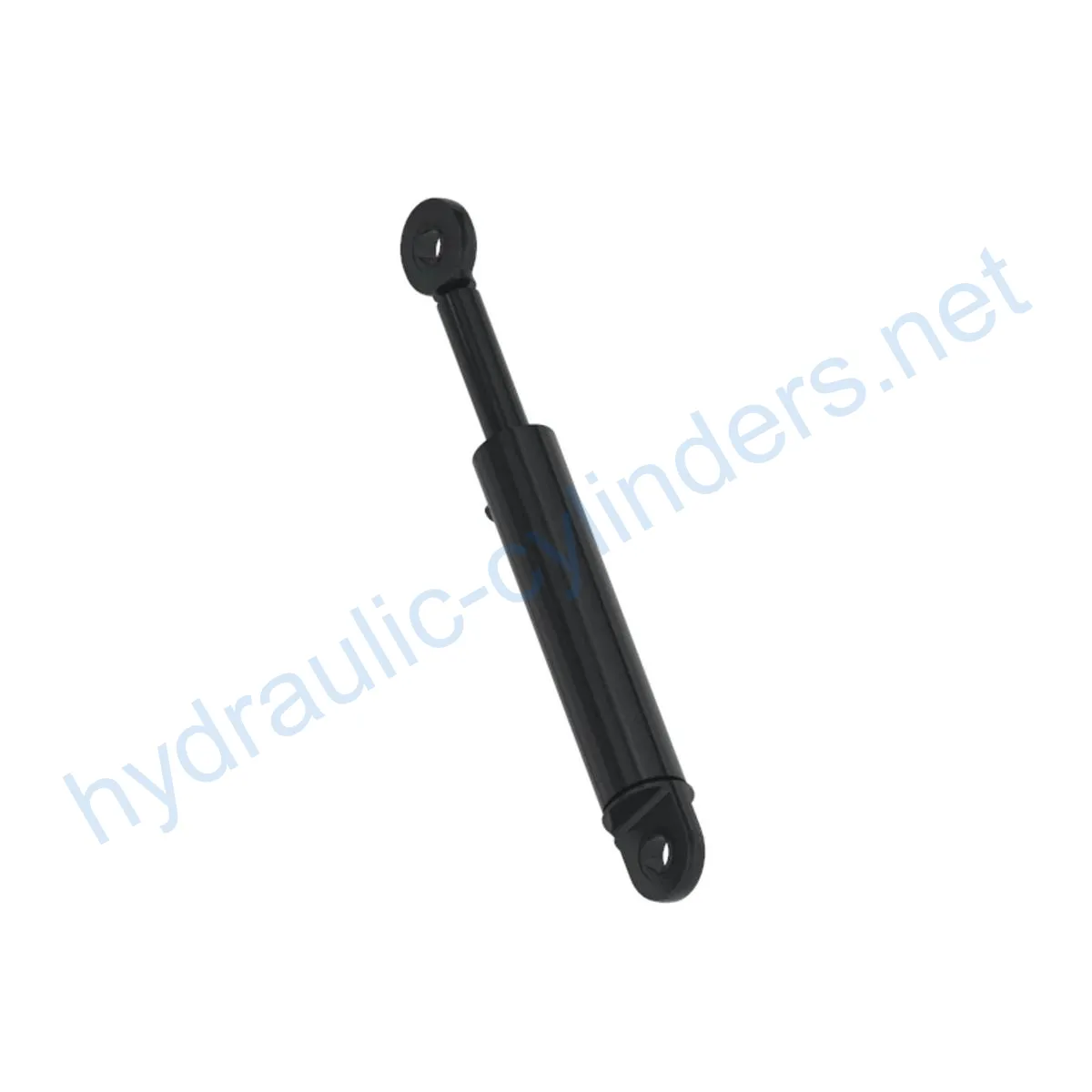Replacement Of F062207 Hydraulic Cylinder
Jako jeden z výrobců, dodavatelů a vývozců hydraulických válců nabízíme hydraulické válce a mnoho dalších výrobků.
Kontaktujte nás, prosím, pro podrobnosti.
Mail:sales@hydraulic-cylinders.net
Výrobce, dodavatel a vývozce hydraulických válců.
Introduction
The Replacement Of F062207 Hydraulic Cylinder is a hydraulic component that is used to transfer force through a fluid to move heavy equipment or machinery. It is a vital component in many different types of machinery and equipment including the 1010D, 1010E, 1110D, 1110E, 1210E, 1410D, 1510E, 1710D, 1711D, and 1910E models.
Specifications and Models
The Replacement Of F062207 Hydraulic Cylinder weighs 84 lbs and has a height of 6 in, a width of 5.25 in, and a length of 31.5 in. It is compatible with a variety of different models, including the 1010D, 1010E, 1110D, 1110E, 1210E, 1410D, 1510E, 1710D, 1711D, and 1910E.
Features
Improved Equipment Performance
Replacing damaged or worn hydraulic cylinders can restore the normal operation of the equipment, ensuring optimal performance in a variety of applications.
Enhanced Safety
Regularly replacing hydraulic cylinders can reduce the safety risks associated with cylinder failure, ensuring the safety of both operators and equipment.
Overload Protection
New cylinder designs often feature better overload protection mechanisms, resulting in enhanced safety.
Quick Installation
Modern hydraulic cylinders are designed with ease of installation and replacement in mind, reducing downtime.
Standardized Components
Many hydraulic cylinders are standardized products, making it easy to obtain replacement parts on the market.
Applications
The Replacement Of F062207 Hydraulic Cylinder has a wide range of applications, including:
- Excavator: for the arm or bucket of the excavator, the hydraulic cylinder may be damaged due to long-term use or overload, requiring replacement to restore normal operation.
- Crane: the boom hydraulic cylinder of the crane is prone to wear during frequent lifting and lowering, requiring regular replacement to ensure safety.
- Tractor: the front-end loader hydraulic cylinder of the tractor may leak or its performance may deteriorate due to continuous lifting and tilting operations, requiring replacement.
- Harvester: during the harvesting process, the hydraulic system is subjected to high pressure, and the cylinder may be damaged due to fatigue, requiring timely replacement to maintain work efficiency.
- Automated production lines: hydraulic cylinders are used to control robotic arms and other automation equipment. If there is a cylinder failure, it will affect production efficiency and require immediate replacement.
- Die casting machine: under high-pressure and high-temperature environments, hydraulic cylinders may experience performance degradation, regular replacement can ensure product quality.
- Mining equipment: hydraulic cylinders are used for lifting and moving heavy objects in mining equipment. Due to harsh working conditions, regular inspection and replacement are necessary to avoid equipment failures.
- Bulldozer: wear and tear of the hydraulic cylinder on the bulldozer’s push arm can lead to a decrease in pushing ability, requiring timely replacement to maintain operational efficiency.
Maintenance
Regular Inspection
Regular inspection of hydraulic cylinders is necessary to identify any potential problems before they become major issues. This can include checking for leaks, wear and tear, and ensuring proper alignment.
Lubrication
Proper lubrication of hydraulic cylinders is crucial for optimal performance. The use of hydraulic oil can help to prevent wear and tear and extend the life of the cylinder.
Seal Replacement and Calibration Check
Seals on hydraulic cylinders should be checked and replaced regularly to ensure proper functioning. Calibration checks should also be performed to ensure the cylinder is functioning correctly.
Safety and Environmental Considerations
When working with hydraulic cylinders, it is important to follow safety protocols to prevent injury or damage to equipment. Proper disposal of used hydraulic oil is also important to protect the environment.
Diagnostic and Common Problems
Common problems with hydraulic cylinders include leaks, worn seals, and contamination. To diagnose these issues, it is important to inspect the cylinder for signs of damage or leaks. Proper maintenance and replacement of damaged components can prevent these issues from becoming major problems.
Design Considerations and Selection Criteria
- Bearing Capacity: The hydraulic cylinder must be able to withstand the load placed upon it.
- Sealing: Proper sealing is necessary to prevent leaks and ensure optimal performance of the cylinder.
- Durability: The hydraulic cylinder must be able to withstand wear and tear and last for an extended period of time.
- Safety: The hydraulic cylinder must be designed with safety in mind to prevent injury or damage to equipment.
- Maintainability: The hydraulic cylinder should be designed for easy maintenance and repair.
About Our Company
As a leading manufacturer and distributor of hydraulic cylinders, we offer a full range of products and customized services. Our company is known for its professionalism, international certifications, and dedication to customer service. We are proud to provide high-quality products and services that meet the needs of our customers.

Author: lyl
Take a Tour of Our VR Factory:
Take a tour of our VR factory with the following
Hydraulic Cylinder Application:


